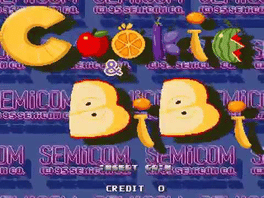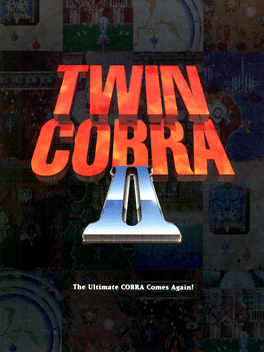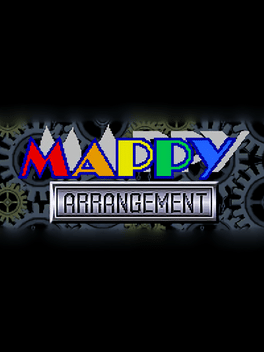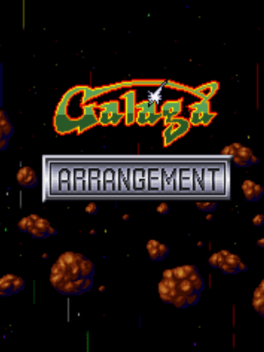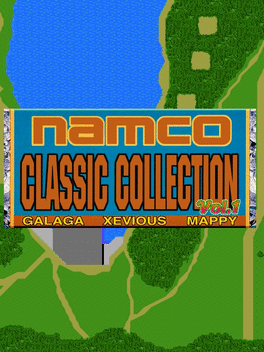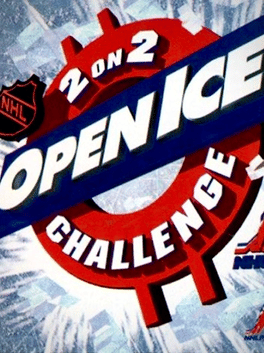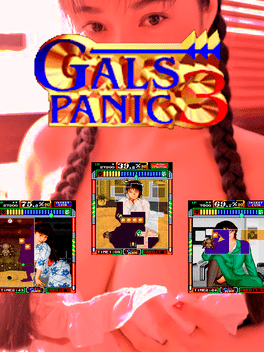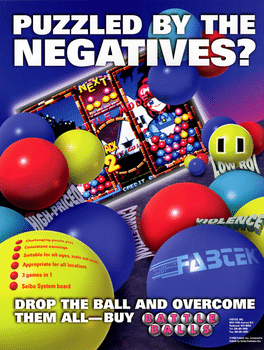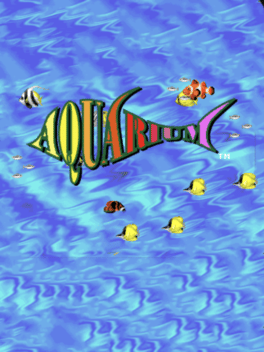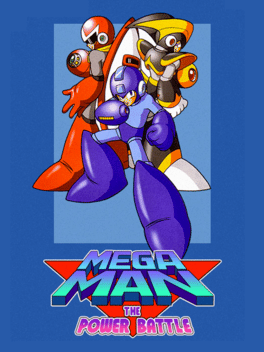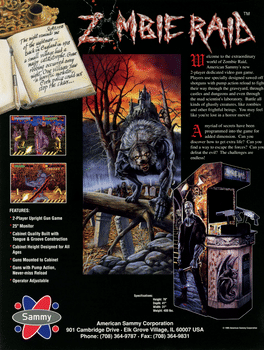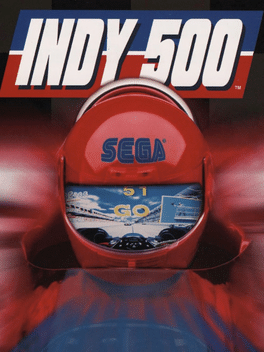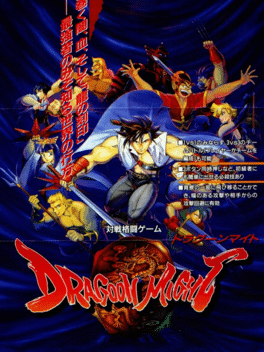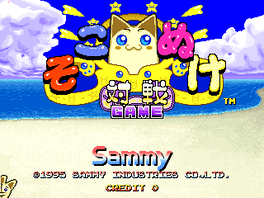New Arcade Games - Page 61
-
Cookie & Bibi
1995
-
Fighting Vipers
1995
Fighting Vipers
1995
star 6.6Fighting Vipers is a 3D fighting video game created by Sega AM2. While it shares the game engine with AM2's Virtua Fighter 2, it distinguishes itself with enclosed arenas and an armour mechanic. The game is primarily designed for Western audiences, incorporating a U.S. setting and embracing more freeform styles of martial arts. -
Twin Cobra II
1995
Twin Cobra II
1995
Twin Cobra II is the sequel to Twin Cobra. The game was in development by Toaplan, but it was closed down in 94. Since Taito owned the Tiger-Heli/Twin Cobra rights, being the publishers they let Takumi finish up the game. It was their first release. -
Mappy Arrangement
1995
-
Xevious Arrangement
1995
-
Galaga Arrangement
1995
Galaga Arrangement
1995
Galaga Arrangement is the 6th edition in the Galaga sub-series. It is a fixed shooter arcade game featured in the 1995 arcade cabinet Namco Classic Collection Vol. 1. -
Namco Classic Collection Vol. 1
1995
An arcade-exclusive compilation featuring four classic Namco games: Galaga, Xevious, Super Xevious and Mappy. It also adds brand-new "Arrangement" versions with updated graphics, audio and gameplay. -
2 on 2 Open Ice Challenge
1995
A four-player hockey game with 1995 NHL players and teams. Just imagine NBA Jam, then replace basketball with hockey. You pick a team and then play for the Stanley Cup. -
Gals Panic 3
1995
Gals Panic 3
1995
Gals Panic 3 is the third game in the Gals Panic Series. It features FAR more realistic models of girls and even in paintings! It was released in 1995 as of the experiment of Kaneko's new arcade system, the Kaneko Super Nova System. -
Battle Balls
1995
Battle Balls
1995
In this puzzle game, 3 rotatable balls consisting of 4 basic colors, yellow, pink, green, blue, fall from the top to the lowest part of the screen. When groups of like-colored spheres collect together, they disappear and the space is filled in with surrounding spheres. Bonuses are awarded for completing combos and the game ends when the entire screen has been filled up. The game has many modes of play: Single, Puzzle, Vs. Computer and Vs. Player. In Puzzle mode there is continuous, changing backgrounds and additional colors. In the Vs. play modes, the spheres only appear in the 4 basic colors. -
Egg Hunt
1995
-
Aquarium
1995
-
Mega Man: The Power Battle
1995
star 6.5Mega Man: The Power Battle, known in Japan as Rockman: The Power Battle, is an arcade video game and a spin-off title for the Mega Man series. It was released in Japan in 1995 and was followed by a sequel, Mega Man 2: The Power Fighters, the following year. -
Ace Driver: Victory Lap
1995
Ace Driver Victory Lap is a sequel of is a 3D racing arcade game released by Namco in 1995, featuring more tracks and Formula One cars (which all, again, carry advertisements for older Namco games) than its predecessor, as well as a new championship mode, all in a modern futuristic setting. -
Zombie Raid
1995
Zombie Raid
1995
Zombie Raid is a screen scrolling light gun shooter, horror-themed game released for the arcade by American Sammy. Welcome to the extraordinary world of Zombie Raid. Players use specially designed sawed-off shotguns with pump action reload to fight their way through the graveyard, through castles and dungeons and even through the mad scientist's laboratory. Battle all kinds of ghastly creatures, like zombies and other frightful beings. You may feel like you're lost in a horror movie! A myriad of secrets have been programmed into the game for added dimension. Can you discover how to get extra life? Can you find a way to escape the forces? Can you defeat the evil? The challenges are endless. -
Indy 500
1995
-
Dragoon Might
1995
Dragoon Might
1995
Dragoon Might features two distinct game modes. A single match mode in which the player must defeat their opponents in round-based matches, and a team match mode similar to The King of Fighters series in which two teams of three members must battle each other until the members of one team are all defeated. -
Dangerous Curves
1995
-
Sokonuke Taisen Game
1995
Sokonuke Taisen Game
1995
In this strange party game you must compete in simple yet strange events such as inflating balloons, morphing into dragons, etc., while at the same time protect your partner from 'harmless' pain inducers such as razor-sharp buzzsaws and bombs! Features nice graphics and hectic gameplay! -
Super Major League
1995
Super Major League
1995
A 3D arcade baseball game by Sega and a reworked version of the Japanese game "Final Arch", using MLB teams. It is sometimes seen as a successor to the early arcade game Major League. Super Major League is a baseball game for the Sega Titan ST-V system.
